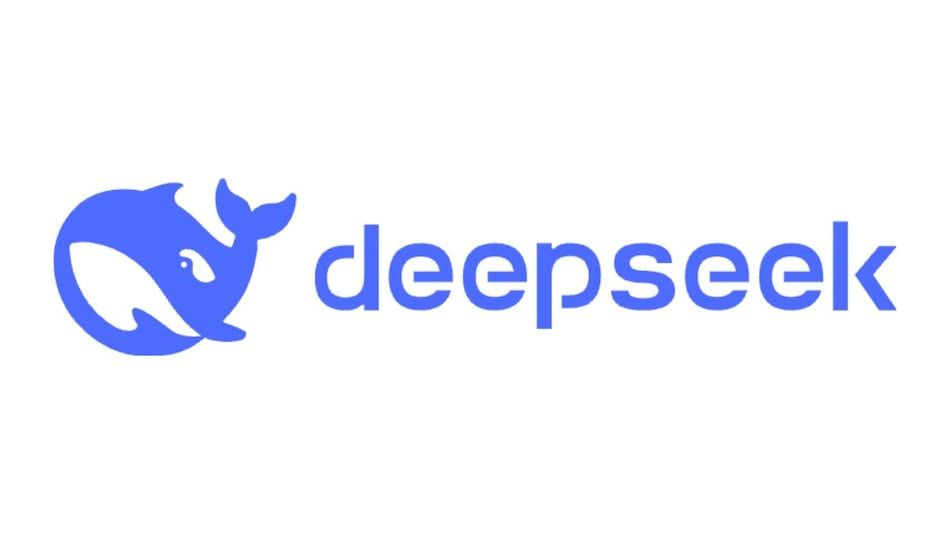The DeepSeek r1 model: AI's Sputnik moment?
How a low-cost, high-performance model from China sparked panic, and what it means for AI
I woke up today to Nvidia’s stock price down something like 20%.
But it wasn’t just Nvidia, but the tech market writ large.
It didn’t take me long before I found out it was because of DeepSeek, a Chinese AI research arm spin-off from a quantitative hedge fund.
Last December, the DeepSeek team released their newest AI reasoning model, DeepSeek r1; for some reason, Mr. Market decided to go ballistic over the news today.
It reminds me of the old Ben Graham/Warren Buffett adage:
“In the short run, the market is a voting machine, but over the long run, it’s a weighing machine.”
Right now, the voting machine side is in full force: we’ve seen markets react violently (mostly in the negative).
I have some assorted thoughts (obviously none of this is investment advice).
tl;dr
The DeepSeek team has pulled off a remarkable engineering feat in building their r1 model. They’ve combined a variety of hard-won AI research insights — from low rank approximations to multi-token prediction — and delivered a highly cost-efficient approach to training and inference.
The oft-cited $6M in training costs is just the incremental final run cost. Under the hood, there’s a massive R&D expense of prior experiments, infrastructure, and the “art” of knowledge-distillation.
Their 10x cheaper performance benchmark (v. a similar Facebook model) is impressive.
Distillation is a key piece of their puzzle. It’s a reminder that you can’t replicate or “distill” a strong model without access to other powerful models.
There are so many ways to improve AI inference, and they are all multiplicative: DeepSeek's r1 model shows the way to improve a bunch of different levers at once, and you have an enormous system level improvement.
The markets took a whole month (since DeepSeek’s December 26 announcement of their V3 model, which the r1 model was based off of) before reacting, which is striking in itself.
American AI research dominance has its rude awakening — will this be its Sputnik moment?
Yes, DeepSeek’s r1 model is a big deal.
No, it’s not going to make every existing AI model obsolete tomorrow.
But it does underscore that engineering creativity in AI is alive, well, and more international than many realize.
Ideas
Capital-efficient frontier AI: DeepSeek demonstrates that building near state-of-the-art models doesn’t have to require gargantuan training bills. They used many known techniques (FP8 vs. FP32, low rank approximations for KV caching, multi-token prediction) — but the magic is in how those techniques are combined to drastically lower the cost of training their model.
Distillation as an art: this model underscores an important fact: you can compress knowledge from bigger models if you do it well. DeepSeek (probably) leveraged multiple powerful teacher models, and the refined result shows up in r1’s performance.
Many levers of AI improvement: As I’ve often noted, improvements in AI aren’t always about one big architecture change. A bunch of smaller, orthogonal enhancements can yield a multiplicative effect. DeepSeek’s r1 is a real-world case study of that principle.
Deeper dive
The $6M “training cost” nuance
When people point to DeepSeek’s r1 and exclaim “It only cost $6M to train this model — US AI production is screwed!,” they’re glossing over some key nuance:
Incremental vs. total cost: that $6M is just the incremental cost for the final, public-facing run. It doesn’t include the countless hours of testing, ablation studies, and experiments leading up to that final push.
A 10x cost reduction: even so, achieving a 10x cost improvement over a similarly capable Meta model is impressive. That said, it’s not a magical free lunch — it’s the culmination of strategic application of known research insights plus a few novel twists from the DeepSeek team.
Distillation done right
Distillation is the process of taking a large model’s outputs and teaching a smaller model to mimic them. In practice, it can get tricky fast:
You need a powerful teacher (model): if you don’t already have access to highly capable models, your distillation can only go so far. DeepSeek likely leveraged multiple large-scale models to teach its own models (e.g., ChatGPT, Baidu’s models, etc.).
It’s part science, part art: tuning distillation objectives and data pipelines requires a deep blend of theoretical understanding and empirical tinkering. When done really well, you can get a smaller (and cheaper) model that still performs near the level of its bigger teachers.
Early glimpses of DeepSeek r1 responses sometimes revealed interesting footprints of other models — a little revelation into the training process.
Other relevant reads
DeepSeek-V3 Technical Report: the original technical paper released by the company
How has DeepSeek improved the Transformer architecture?: great read on many of the implementation details
DeepSeek V3 and the actual cost of training frontier AI models
Fire-Flyer AI-HPC: A Cost-Effective Software-Hardware Co-Design for Deep Learning: An older paper that DeepSeek published on its AI training and inference infrastructure




